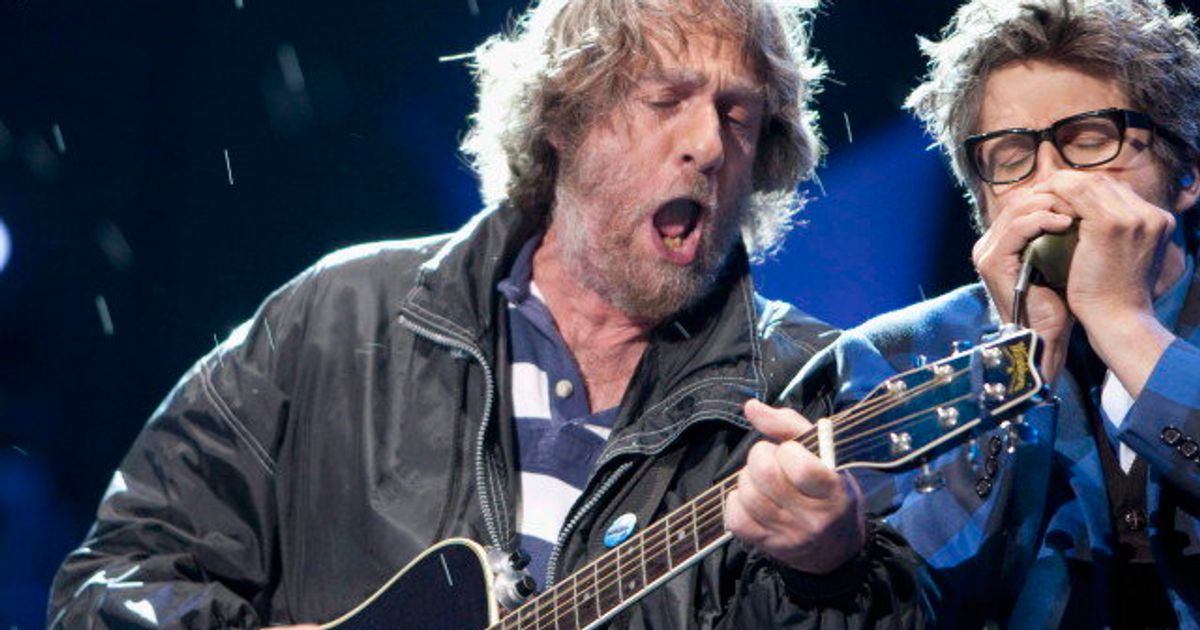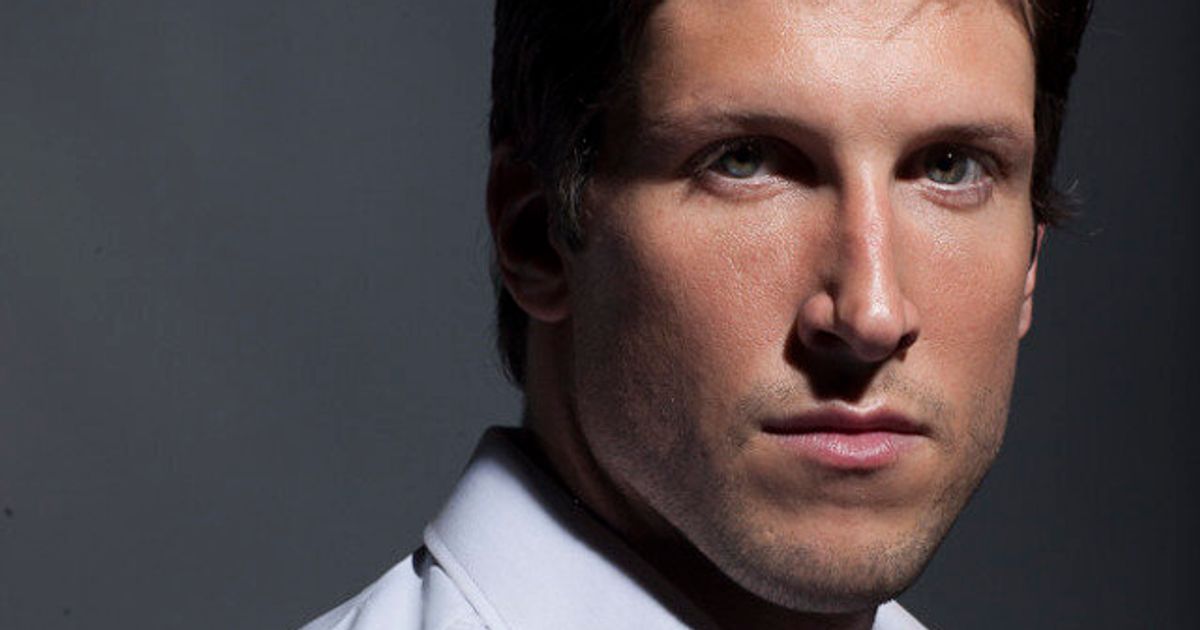MONTREAL — Barely a few months after launching, Quebec’s first agency specializing in artist management for drag queens says it already has a healthy contract book without the hassle of an advertising campaign. Another example of the enthusiasm for this extravagant universe in Quebec, which despite everything is still despised.
Michel Dorion has been surprised at the interest in his new agency Productions Midor, launched in April last year, and the dozen artists it represents. Requests for shows or animations have multiplied rapidly, he says. And the types of events and locations are varied: weddings, meetings, birthdays, camping, schools and Christmas parades.
“I didn’t expect that in the first few months. It’s been crazy so far. To date, I have contracts until September next year,” says the woman who has been a drag queen for thirty years.
Michel Dorion, best known for his portrayal of Celine Dion, thought long and hard about how he could help drag artists better manage their careers and get decent working conditions.
The success of his agency shows once again that this art form, which is often associated with exaggeration and comedy, is now viewed as a profession in its own right, says the entrepreneur.
“Many artists can consider making this a more complete work. There used to be me and a few who managed to make a living from it. Now the inquiries in shows, at events, in animation are exploding, so more and more orders. Any artist can make more money and potentially make it a full-time job,” he analyzes.
Originally limited primarily to bars and the LGBTQ+ community, the art of drag is transcending these boundaries and increasingly encroaching on cultural and media space. This growing visibility has as a turning point the television competition RuPaul’s Drag Race. Launched in 2009, the American concept has caused a sensation around the world, especially in Canada.
The Canadian banner propelled Quebecer Rita Baga into 2020 and crowned fellow Gisèle Lullaby two years later. These shows combined with social networks have allowed to expand the audience of this environment characterized by extravagant looks.
“I think people quickly recognize the diversity of this art. That these artists can be adapted for theatre, television, comedy, something more serious and for younger audiences. Everyone finds what they are looking for,” says Barbada de Barbades aka Sébastien Potvin.
The activities of the character, who would soon be celebrating her 18th birthday, attest to this plurality of styles and audiences. Since 2016, Barbada has been presenting story hours for children in libraries, bookstores and day care centers in Quebec and hosting a youth program on Tou.tv. In parallel, it also provides entertainment services for a variety of events.
short lived?
The origin of drag goes back many decades, at least a century. In Quebec, Mado Lamotte in particular paved the way. With her eponymous cabaret in the Gay Village in Montreal, she has become a flag bearer of the Quebec drag scene.
With 35 years of experience, the artist has witnessed the evolution of this environment. Mado Lamotte made her first television appearance in 1995 on Christiane Charette’s show on Radio Canada. Further collaborations on television followed, but without achieving the momentum that the drags of the Belle Province know today.
“Because they only showed Mado,” says the character’s interpreter, Luc Provost. We didn’t showcase the art of drag with Mado and his gang. Today, RuPaul’s is a show with about 15 drag queens performing, so people see a lot of them.
“We see them in their element, we see them on stage. We know what they’re doing,” he adds.
Still, according to Luc Provost, performance venues for drag queens remain restricted, unlike, for example, actors. And entering an environment where the competition is growing fierce can be difficult. In addition to the make-up and costume techniques, you must master other talents such as singing or dancing.
“It’s the ones who have strong identities and personalities, and most importantly, have characters that will stand out,” evokes the personifier of Mado Lamotte.
If the current craze could wane, the art of drag will definitely remain, say the speakers interviewed.
“It will always work out because there is so much talent. I see it on people’s faces when we do shows. We’re told, “You’re beautiful, you’re funny, that’s good for us”. We are aware that there is a certain unifying side to the drag queen phenomenon,” emphasizes Luc Provost.
An art that needs to be further demystified
With this popularity comes its share of negative reactions. Barbada was the destination last year. She has faced abusive comments in connection with storytelling sessions in Montreal libraries and recently for the Star Fairy’s role in a Santa Claus parade.
In her opinion, these comments come from a minority of people who often lack knowledge of the profession. Drag, who is still comforted by the openness of young people, believes that there is still some educational work to be done.
“It tells me that in seven, eight, ten years these young people who are going to be adults are going to spread the right message about what the art of drag is. It gives me tremendous encouragement when I walk out of a conference and see that they understand what is going on. Then they often understand much faster than adults or sometimes even already know it,” says Barbada happily.
“We’re disruptive because we’re eccentric, we’re provocative above all,” notes Mado Lamotte.
To demystify the work of drag queens, Michel Dorion and his agency are planning a first drag meetup in Quebec in May 2023. The event is intended to reach the general public over two days.
“It’s for Mr. and Mrs. Anyone who wants to come and see what it’s like without necessarily going to a bar on a Friday or Saturday. So you will be able to see all kinds of drag art: drag queens, drag kings,” explains Michel Dorion.
The event also includes mini shows, costume parades, and hair and makeup demonstrations.
“There is still a lot of hate and misunderstanding towards drags. My goal at the event is not to remove all of these comments. I believe there are always likes and dislikes and always will be as long as it’s respectful,” says the impersonator.
—
This article was produced with financial support from the Meta Fellowships and The Canadian Press for News.

Thinker. Professional social media fanatic. Introvert. Web evangelist. Total pop culture fan.







